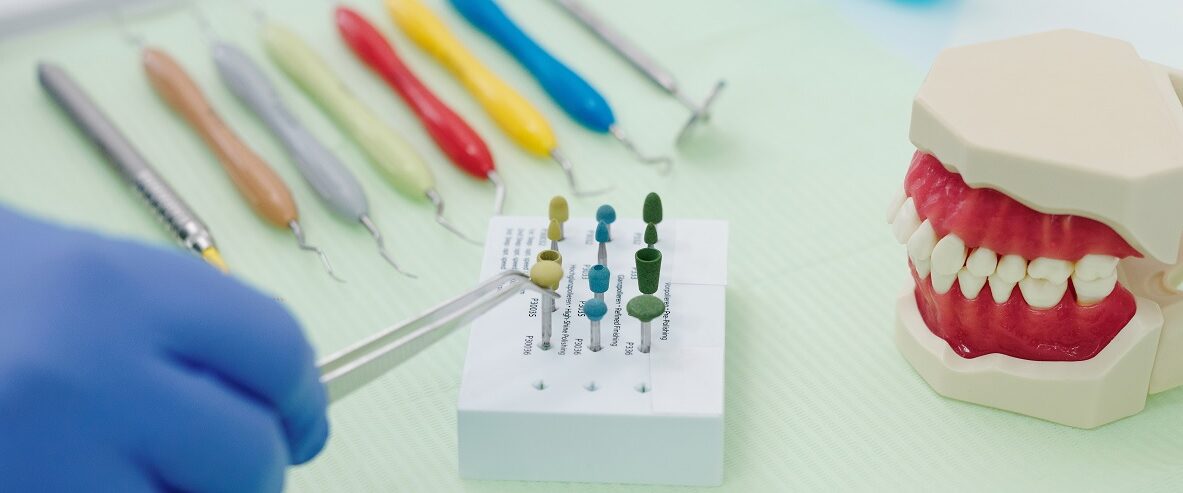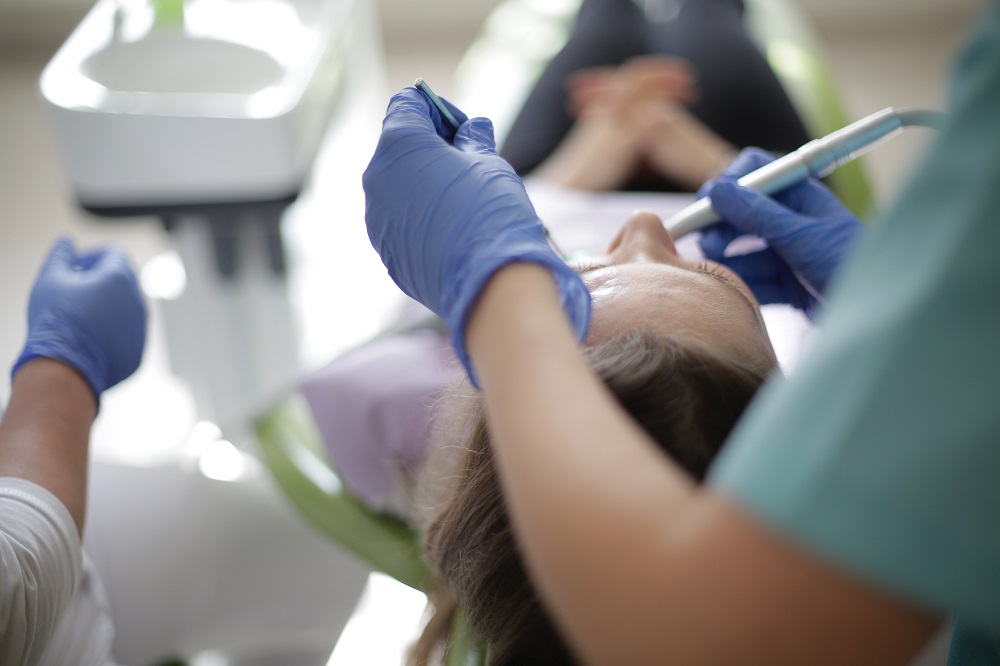
Orthodontists are dental specialists who focus on the diagnosis, prevention, and correction of dental and facial irregularities. They work to improve the alignment of teeth, jaws, and bites, and help patients achieve healthy, functional, and beautiful smiles. One question that often comes up is how many hours orthodontists work a day. In this article, we’ll explore this topic and provide some insights into the typical work hours for orthodontists.
According to the Bureau of Labor Statistics (BLS), orthodontists work full-time, with some working more than 40 hours per week. However, the specific number of hours worked per day can vary depending on several factors, including the orthodontist’s work setting, patient volume, and personal preferences.
In general, orthodontists who work in private practice may have more control over their work hours than those who work in other settings, such as hospitals or academic institutions. Private practice orthodontists may choose to work longer hours or fewer days per week, depending on their patient load and other factors. Some orthodontists may even work on weekends or in the evenings to accommodate patients’ schedules.
Many orthodontists work a typical 9-to-5 schedule, with some variations depending on patient appointment availability. For example, an orthodontist may start the day early to see patients before they go to work or school, or they may schedule appointments in the evening to accommodate patients who work during the day. Some orthodontists may also work Saturdays to provide more flexibility for their patients.
It’s worth noting that orthodontists may spend additional time outside of their scheduled patient appointments on administrative tasks, such as managing patient records, communicating with referring dentists, and ordering supplies. These tasks can vary in time commitment and may take up additional hours during the day or after hours.
The work schedule of an orthodontist may also vary depending on their level of experience and seniority. Newly graduated orthodontists or those in their early years of practice may work longer hours as they build their patient base and gain experience. More experienced orthodontists may have a more established patient load and may choose to work fewer hours per week or have more flexibility in their schedule.
It’s important to note that the work hours of an orthodontist can be demanding, both physically and mentally. Orthodontists may spend long hours standing or leaning over patients, and they may be required to use specialized equipment and instruments that require precision and attention to detail. Additionally, orthodontists must keep up with the latest research and techniques in their field, which requires ongoing education and training.
In conclusion, the number of hours that orthodontists work per day can vary depending on several factors, including their work setting, patient load, and personal preferences. Many orthodontists work a typical 9-to-5 schedule, with some variations depending on patient appointment availability. However, some orthodontists may work longer hours or different schedules to accommodate their patients’ needs. Regardless of their work hours, orthodontists play an important role in helping patients achieve healthy, functional, and beautiful smiles.



